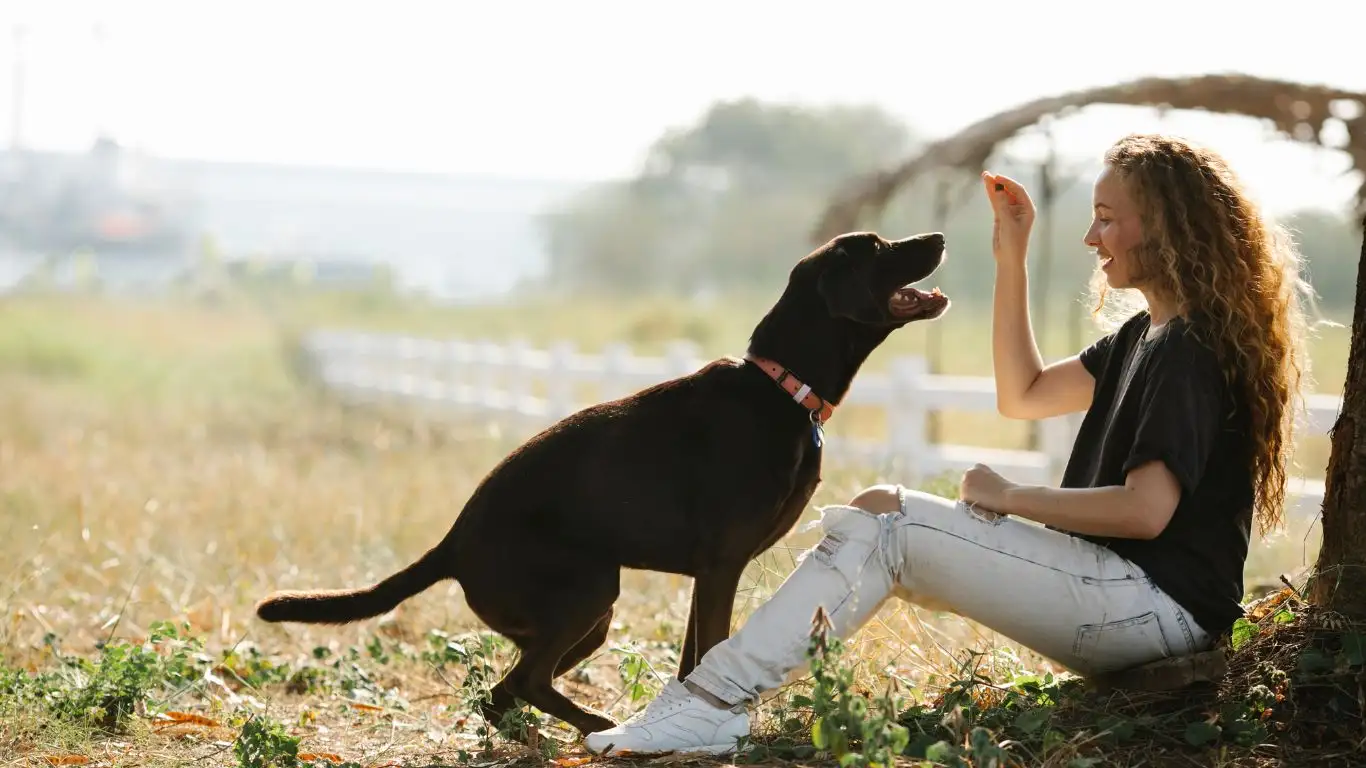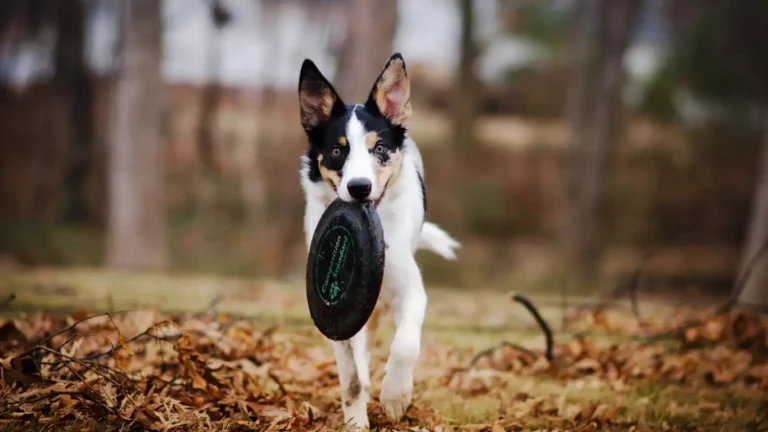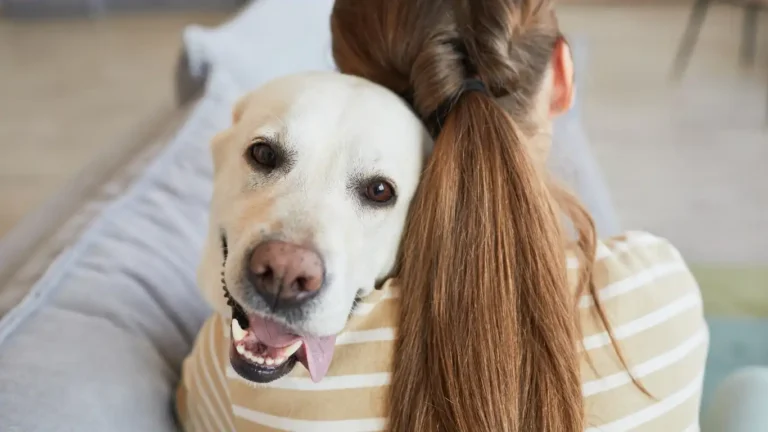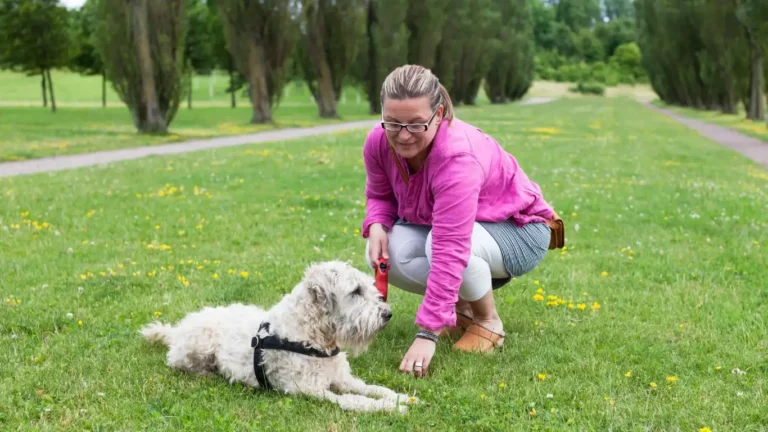Best Way to Train a Dog Using Reward-Based Methods That Actually Work
Training a dog can be one of the most rewarding experiences, but it can also be one of the most challenging. As a Canine-Assisted Therapy Trainer, I’ve worked with dogs of all breeds, temperaments, and ages, helping owners create strong bonds with their pets through effective training. One of the best methods I’ve found—and the one that consistently works—is reward-based training. This approach is not only effective but also builds trust and strengthens the relationship between a dog and its handler. If you’ve been wondering what the best way to train a dog using reward-based methods that actually work is, you’re in the right place! In this post, I’ll break down everything you need to know about how reward-based training works, why it’s beneficial, and how to get started.
What is Reward-Based Training?
Reward-based training, also known as positive reinforcement, is a training method that focuses on rewarding your dog for the behaviors you want to encourage. It’s based on the simple principle that behaviors that are rewarded are more likely to be repeated. Unlike punishment-based methods, which can create fear or anxiety in your dog, reward-based training fosters a positive, trusting relationship.
The key to successful reward-based training lies in timing, consistency, and choosing the right rewards for your dog. Some dogs might respond better to food rewards, while others may prefer toys, praise, or even a quick game of tug-of-war. The idea is to identify what motivates your dog and use that to reinforce good behavior.
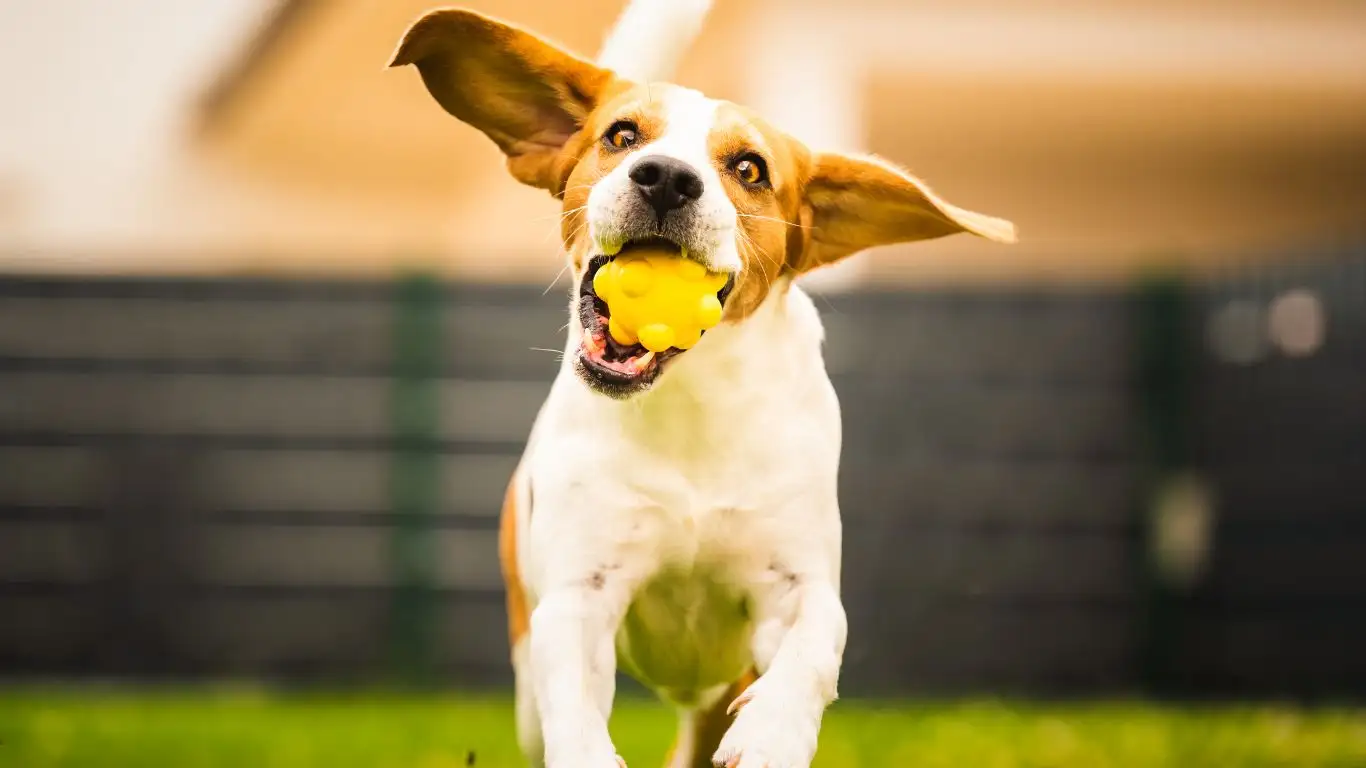
Why Choose Reward-Based Methods?
There are countless reasons why reward-based training is not only effective but also one of the best ways to train a dog. Let’s dive into some of the biggest benefits:
- Builds Trust: Positive reinforcement helps to build trust between you and your dog. When your dog associates you with rewards and good things, they’re more likely to look to you for guidance and feel safe around you.
- Increases Motivation: Reward-based training taps into your dog’s natural instincts. They’re more motivated to repeat behaviors that earn them rewards, making them more eager to learn.
- Reduces Anxiety: Unlike punishment-based methods, reward-based training doesn’t cause stress or fear. In fact, it creates a calm, positive environment where your dog feels encouraged to learn without the fear of punishment.
- Strengthens the Bond: Reward-based methods strengthen the relationship between you and your dog. Training sessions become fun, engaging, and something your dog looks forward to.
Getting Started with Reward-Based Training
If you’re new to reward-based training, getting started can seem overwhelming, but it’s actually simpler than you might think. Here’s a step-by-step guide on how to start training your dog with positive reinforcement:
Step 1: Identify the Right Rewards
The first step in reward-based training is identifying what motivates your dog. Not all dogs are food-driven, and not all dogs are motivated by toys or praise. Some dogs respond better to affection, while others might prefer treats or a game of fetch. You may need to experiment with a few different rewards to find what gets your dog’s tail wagging.
Once you find the right reward, make sure it’s something your dog will get excited about. The more enthusiastic your dog is about the reward, the more motivated they’ll be to repeat the desired behavior.
Step 2: Timing is Everything
When using reward-based training, timing is crucial. You must reward your dog immediately after they perform the desired behavior. This helps your dog make the connection between the action and the reward. For example, if you’re teaching your dog to sit, you should reward them as soon as their bottom hits the floor. The quicker the reward follows the behavior, the clearer the message will be to your dog.
Consistency is key here too. If you reward your dog inconsistently, they may get confused about which behavior is being reinforced. The more predictable you are with your rewards, the more successful your training will be.
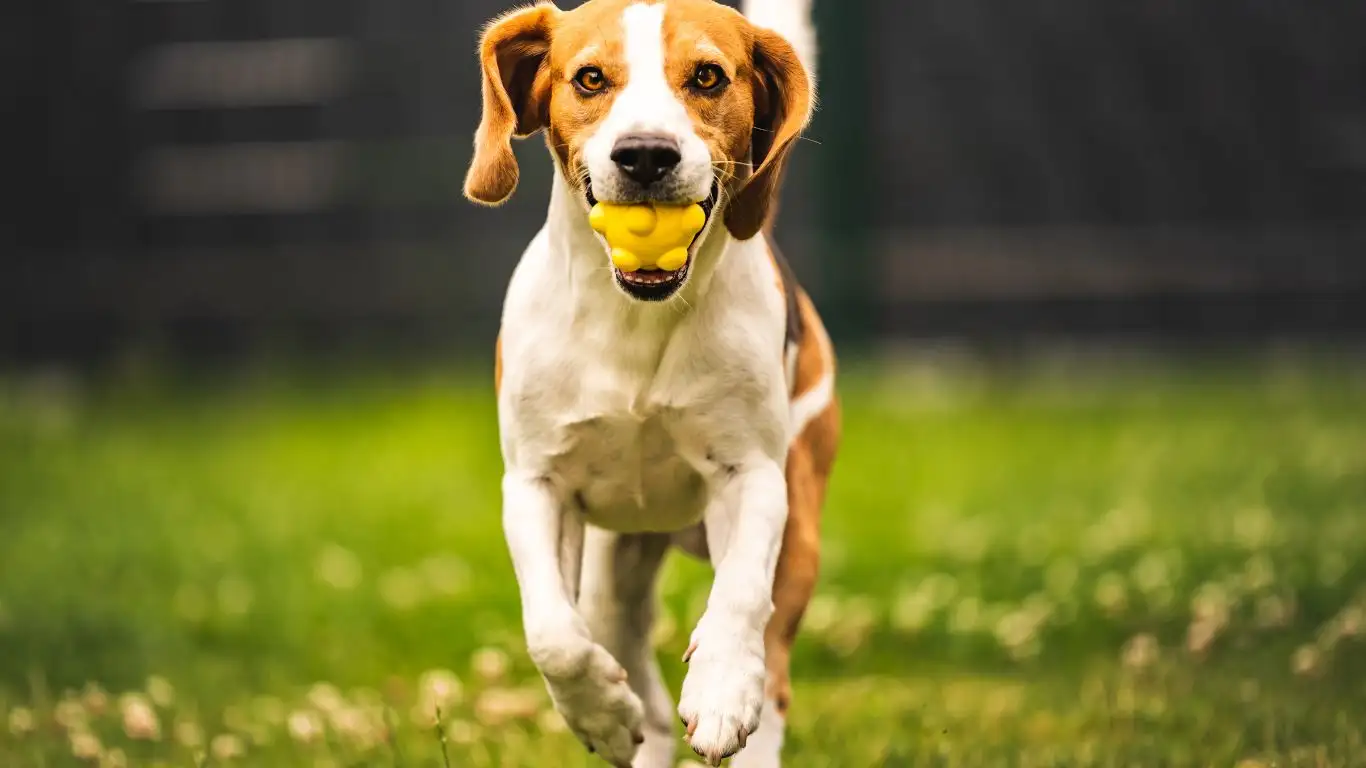
Step 3: Keep Training Sessions Short and Sweet
Training sessions should be short, engaging, and fun for both you and your dog. Dogs, especially puppies, have short attention spans. Aim for 5-10 minute sessions a few times a day. This helps your dog stay focused and ensures that training doesn’t become a chore. If your dog is starting to lose interest, it’s time to wrap up the session and try again later.
Always end on a positive note. Even if you didn’t make as much progress as you hoped during the session, end with a behavior your dog knows well and reward them for it. This leaves your dog feeling good about training, which makes them more excited to participate in the next session.
Common Mistakes to Avoid with Reward-Based Training
Even though reward-based training is one of the most effective methods out there, there are still some common mistakes that can hinder your progress. Here are a few to watch out for:
- Using the Wrong Type of Reward: As mentioned earlier, not all dogs are motivated by the same rewards. Don’t assume that your dog will love treats just because other dogs do. Pay attention to what excites them and use that as your training reward.
- Inconsistent Reinforcement: If you only reward your dog sometimes or reward the wrong behavior, it can lead to confusion. Be sure to reward the desired behavior consistently.
- Over-Reinforcing: Too many rewards can lead to a dog becoming overly dependent on treats or toys. Gradually reduce the frequency of rewards to encourage intrinsic motivation.
- Training When Your Dog is Distracted: Trying to train your dog when they’re distracted, tired, or overstimulated won’t lead to success. Choose a quiet, calm environment for training to ensure your dog is focused.
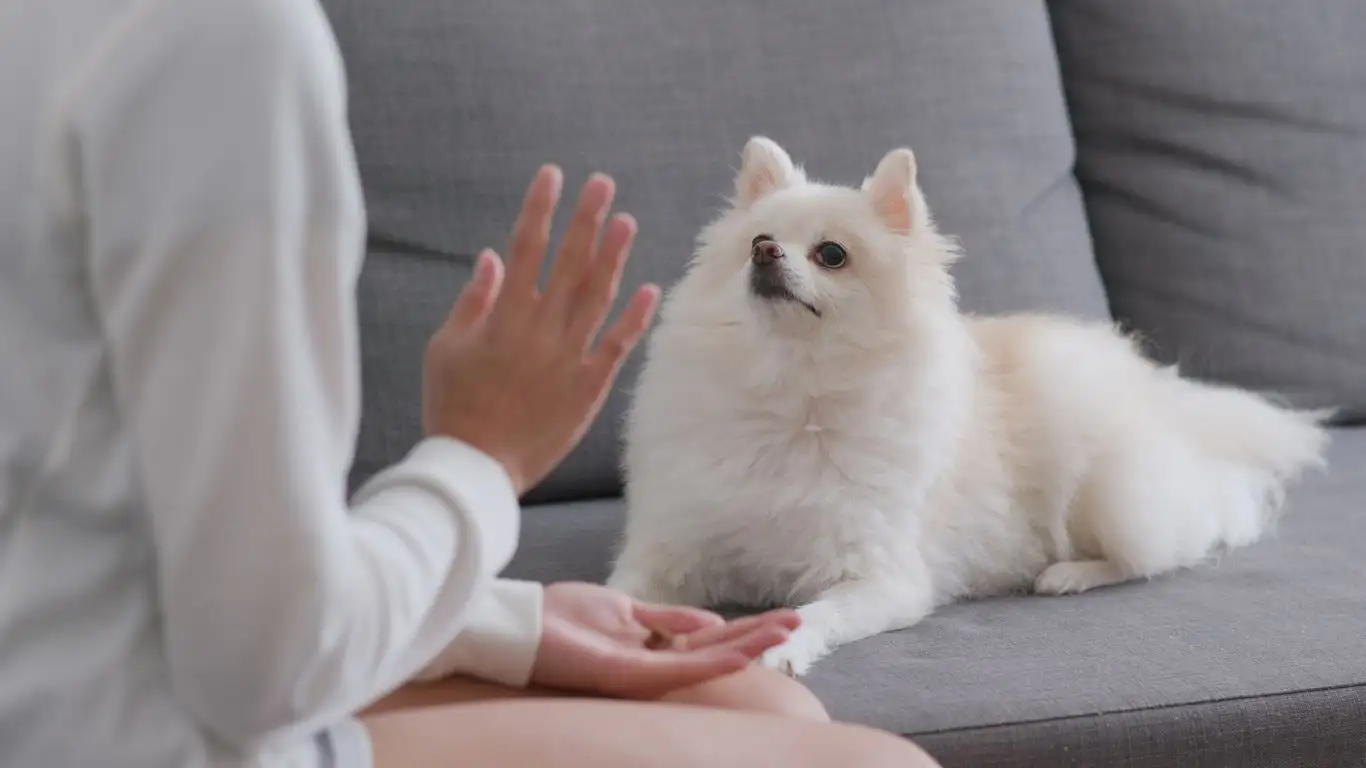
Advanced Reward-Based Training Techniques
Once you’ve mastered the basics of reward-based training, you can start incorporating more advanced techniques to further refine your dog’s behavior. These techniques will help you teach your dog more complex skills, reinforce positive habits, and even correct unwanted behavior—all while using the power of positive reinforcement.
Shaping Behavior with Reward-Based Training
Shaping is one of the most effective advanced techniques in reward-based training. It’s a process where you reward your dog for progressively closer approximations of the behavior you want to teach. It’s incredibly useful when teaching complex behaviors or when your dog has no prior understanding of what you’re asking them to do.
For example, let’s say you’re teaching your dog to roll over. Initially, you can reward them for just lying down. Then, you reward them when they start to shift their body or tilt onto their side. As your dog gets closer to rolling over completely, you reward those small steps. Eventually, your dog will understand that rolling over is the final goal, and they’ll do it with more precision as the training progresses.
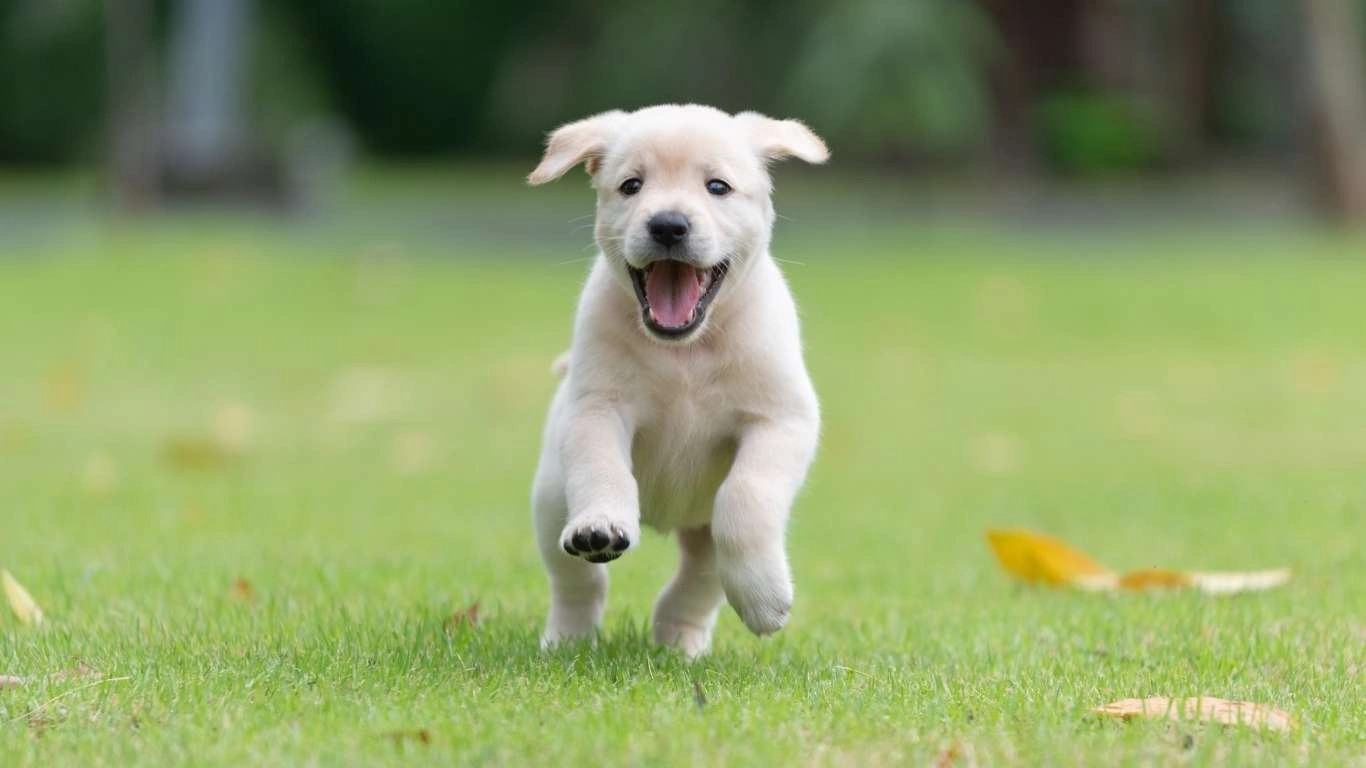
Using Jackpot Rewards to Reinforce Success
One of my favorite tricks to keep dogs motivated is the jackpot reward. This is where you give your dog an extra-large reward—something truly special—when they perform an exceptional behavior or make significant progress during training. This could be a larger-than-usual treat or even a longer play session.
Jackpot rewards are great for reinforcing behaviors that you want to be really solidified in your dog’s repertoire. For instance, if your dog successfully learns a difficult trick or demonstrates excellent focus and attention during a training session, the jackpot reward serves as a “Wow!” factor to tell them, “That was amazing, and I want you to keep doing that!” It helps your dog realize that certain behaviors are highly valued.
Building Stronger Focus and Attention
Training isn’t just about teaching your dog commands; it’s also about getting their attention and keeping them focused. A lot of pet owners struggle with dogs that are easily distracted, but the good news is, you can use reward-based training to improve your dog’s focus. I’ve had many clients who initially thought their dogs had short attention spans, only to discover that with a few tweaks, their dogs could stay engaged and focused for long periods.
Focus Games to Improve Attention
Focus games are a fun and effective way to teach your dog how to concentrate. Here’s one of my favorites:
- Look at Me Game: Hold a treat in your hand, and as your dog looks at it, wait for them to make eye contact with you. As soon as they do, reward them. This teaches your dog to give you their full attention, which is the first step in all successful training.
- Targeting: Use a target stick or your hand to teach your dog to touch it with their nose or paw. Once they’re comfortable with this, you can increase the distance and make the behavior more complex, which further encourages focus.
In my experience, focus games work wonders for dogs that tend to get distracted easily. With a little patience and consistency, your dog will learn to tune out distractions and pay attention to you, making training much easier.
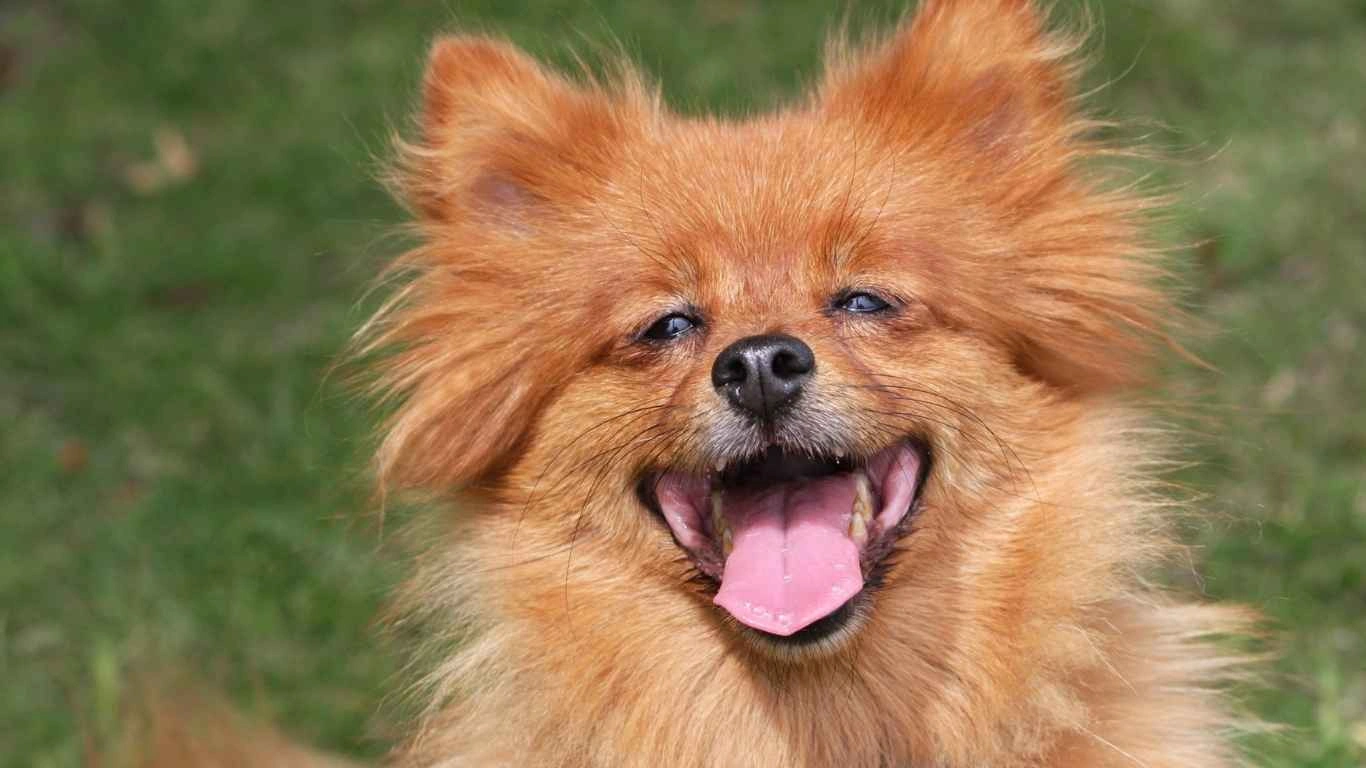
Introducing New Behaviors with Positive Reinforcement
As you continue to train your dog, you’ll want to introduce new behaviors. This might include anything from teaching your dog to fetch specific items to teaching them more advanced commands like “stay” or “leave it.” One of the greatest aspects of reward-based training is its versatility—it can be used to teach virtually any behavior.
The key here is to break down the new behavior into manageable steps. For example, when teaching a dog to fetch a specific item, you might start by rewarding them for simply looking at the item, then for touching it, and eventually for picking it up and bringing it back to you. Each step should be small enough for your dog to understand, and each successful step should be rewarded.
Introducing new behaviors gradually helps your dog understand what you want and builds their confidence as they master each part of the process. Over time, these behaviors will become second nature, and your dog will eagerly perform them without hesitation.
Overcoming Challenges in Reward-Based Training
No training method is without its challenges, and even reward-based training can have its hurdles. However, most challenges can be overcome with a little creativity, consistency, and patience. As a Canine-Assisted Therapy Trainer, I’ve seen my fair share of setbacks, but I’ve also learned that these challenges are simply opportunities to refine your approach.
Dealing with Short Attention Spans
If your dog has a short attention span, you’re not alone. It’s actually quite common, especially in puppies or high-energy breeds. The good news is that you can work around this by keeping training sessions short and focused.
One trick I’ve used is to break up training into mini-sessions throughout the day. For example, instead of one long 20-minute session, try two 10-minute sessions with breaks in between. This keeps your dog engaged and prevents them from getting bored or distracted. Also, be sure to vary the types of rewards you’re offering, as the novelty of different rewards can help keep your dog’s interest piqued.
Dealing with Overexcitement
Some dogs get so excited during training that they become hyperactive or lose focus. This can be challenging, but it’s important to remember that excitement can be channeled into positive behavior. When a dog becomes too excited, I often redirect their energy to a calm behavior, like sitting or lying down, before continuing with the training. This helps them learn to control their excitement, making it easier to focus on the task at hand.
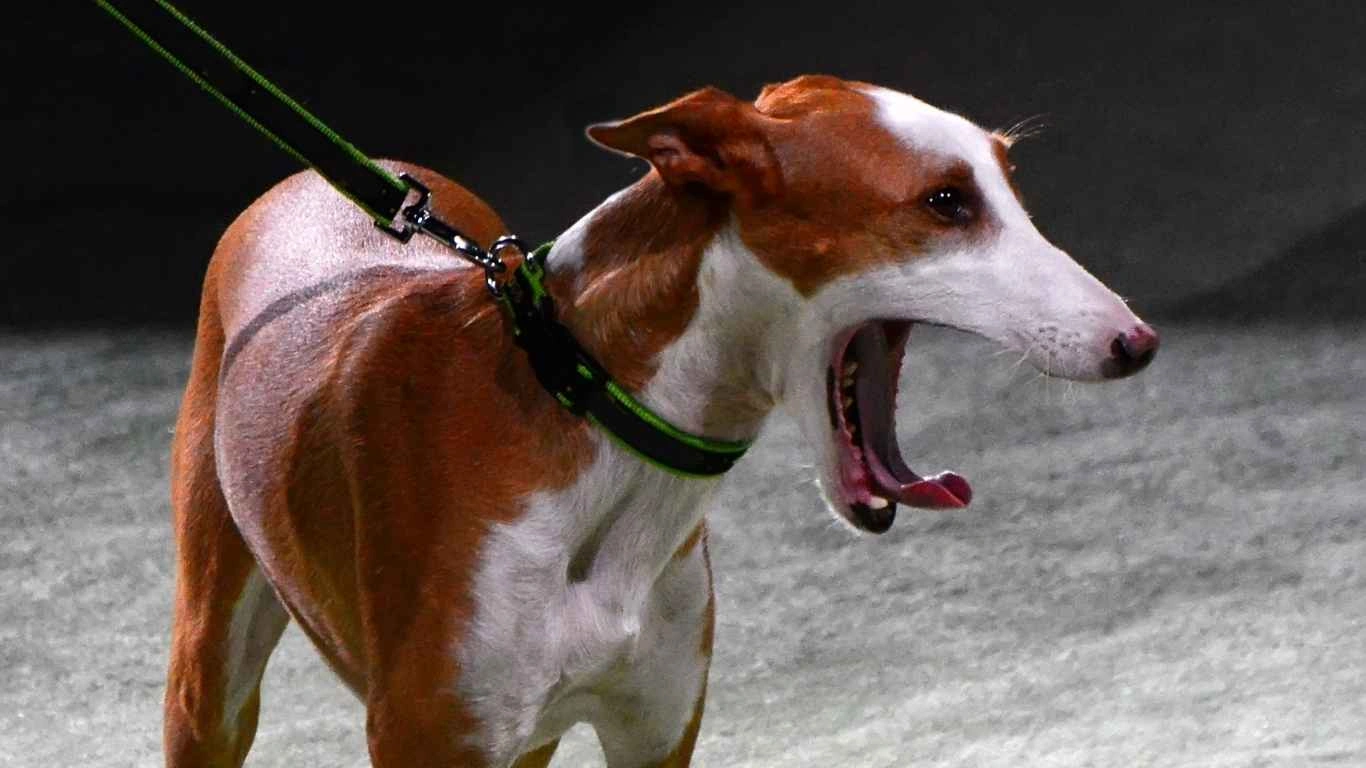
Maintaining Consistency for Long-Term Success
One of the most important elements in reward-based training is consistency. This is something I’ve emphasized time and time again with my clients. Without consistency, dogs can become confused and may not learn effectively. Consistency means using the same commands, rewarding behaviors at the same moment, and practicing regularly. Without this consistency, the dog may not fully understand what you want from them.
When I first started out as a Canine-Assisted Therapy Trainer, one of the most common challenges I encountered with owners was their inconsistency. They would reward good behavior in one session and then fail to do so in the next. Over time, this lack of consistency made it harder for their dogs to pick up on the cues and behaviors being taught. In contrast, when owners followed through with the same routine and reinforcement, the dogs began responding faster and with more reliability.
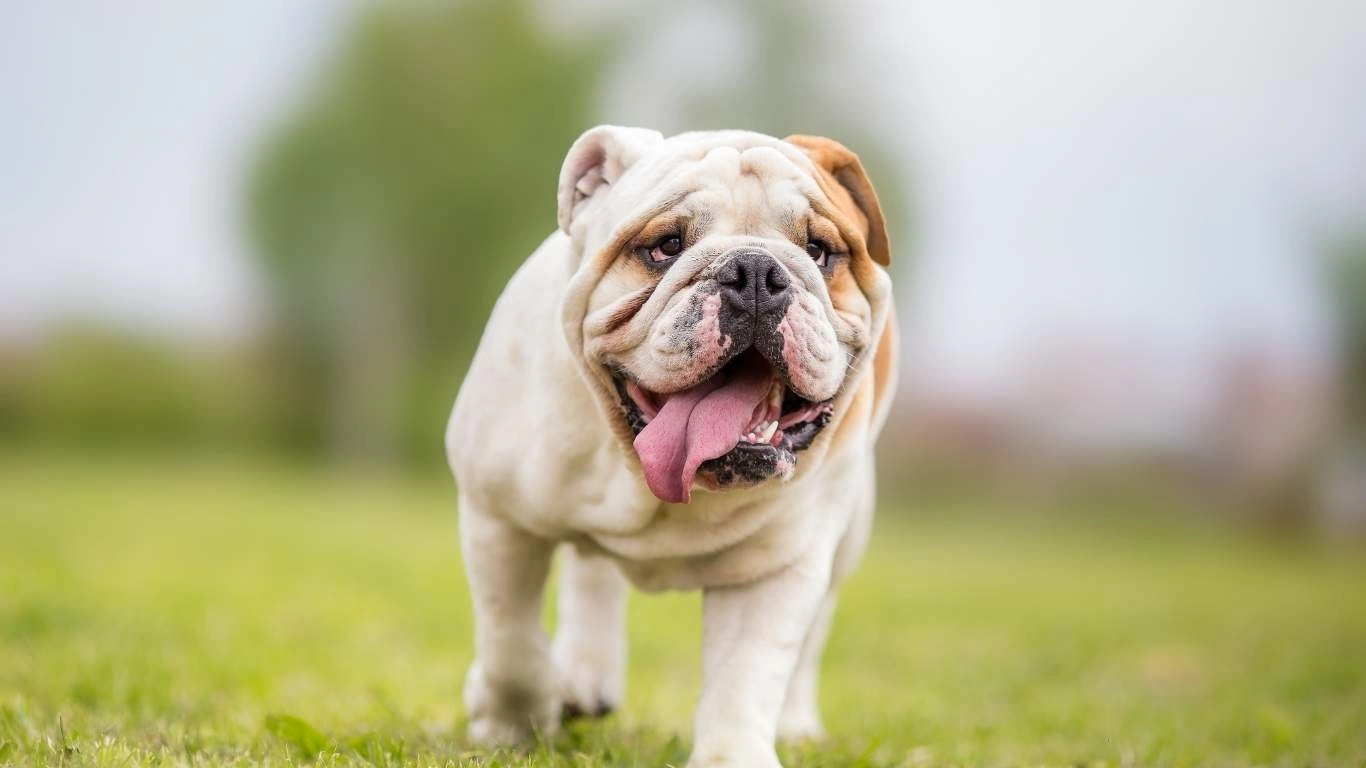
Creating a Routine for Success
Establishing a training routine is one of the best ways to ensure consistency. Dogs thrive on routine and predictability, which is why training should be scheduled at regular times each day. It’s also important to practice different behaviors in a variety of settings, as dogs often generalize their behavior. A dog that reliably sits at home might not do so when they’re at the park or around new distractions.
So, mix things up! Practice in different locations, with different people, or in different environments. This helps reinforce the behavior and ensures your dog can respond appropriately no matter the situation. This is crucial when training therapy dogs, as they need to be able to perform their tasks in various settings, whether that’s in a hospital, a school, or a busy public area.
Reward-Based Training for Special Situations
Reward-based training is extremely versatile, and I’ve found it invaluable in various special situations. Whether you’re dealing with behavioral issues like anxiety or aggression or you’re preparing a dog for a specific role like therapy or service work, positive reinforcement can be an excellent tool. Let’s dive into a few ways reward-based training can be tailored for special situations.
Using Reward-Based Training to Address Anxiety
One of the most common behavioral issues I work with is anxiety. Many dogs struggle with separation anxiety, fear of loud noises, or nervousness around new people or places. Fortunately, reward-based training can help manage and reduce anxiety over time. By rewarding calm behavior and gradually desensitizing your dog to anxiety triggers, you can help them develop better coping mechanisms.
For example, if your dog is scared of being left alone, you can start by rewarding them for calm behavior when you’re home. Then, you can gradually increase the duration of your departures and continue rewarding calm behavior. Eventually, your dog will learn that being alone doesn’t result in something negative, and their anxiety levels will decrease. As someone who has worked with many dogs in therapy settings, I can tell you that this slow and steady approach is incredibly effective.
Reward-Based Training for Therapy and Service Dogs
Training therapy and service dogs is another area where reward-based methods shine. These dogs need to learn specific tasks, remain calm in stressful situations, and be reliable in public environments. Positive reinforcement is the perfect tool to ensure they not only learn the tasks but do so in a way that builds trust and confidence.
For instance, when training a therapy dog to interact with patients, the dog is often rewarded for calmly approaching and staying with individuals in different emotional states. Similarly, service dogs are trained to perform complex tasks, like retrieving medication or guiding their handlers, and are rewarded each time they complete a task correctly.
What’s key here is that reward-based training doesn’t just teach the dogs the tasks—it also fosters a deep bond of trust between the dog and handler. This is essential for therapy and service work, where the dog needs to be in tune with their handler’s needs and emotions.
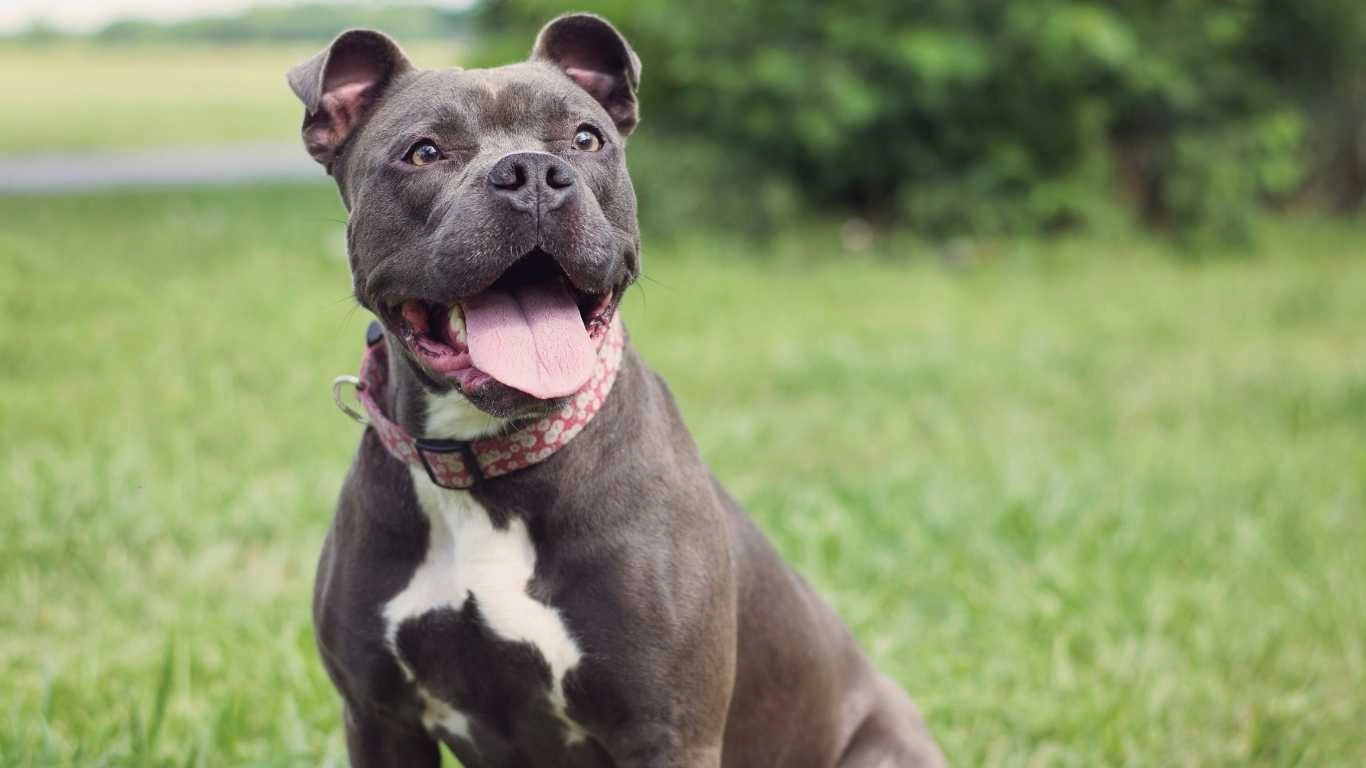
Overcoming Setbacks and Staying Motivated
As with any form of training, there will be setbacks along the way. Whether your dog is having a tough time picking up a new behavior or they seem to be regressing, it’s essential not to get discouraged. In fact, every trainer, no matter how experienced, faces challenges in their journey. The key is to stay motivated and adjust your approach as needed.
If you find that your dog isn’t responding well to a particular method or reward, don’t be afraid to try something different. Perhaps they’re not as food-motivated as you thought, or maybe the reward is coming too late. Adjusting the reward system or the timing of your reinforcement can make a huge difference. I’ve had clients who switched to different types of treats or used more interactive rewards (like playing a game) and saw incredible results!
Remember, training is a journey, and it’s about progress, not perfection. Celebrate the small victories—like your dog finally sitting on command after a week of practice or staying calm during a trip to the vet. These small moments build up over time and create a confident and well-trained dog.
References
For more on reward-based training and dog behavior, I recommend checking out some additional resources:
Disclaimer
The advice and methods shared in this article are based on my personal experience as a Canine-Assisted Therapy Trainer. While reward-based training is highly effective for many dogs, each dog is unique, and some may require different approaches. Always consult with a professional trainer or behaviorist if you’re dealing with severe behavioral issues or need guidance specific to your dog’s needs.
